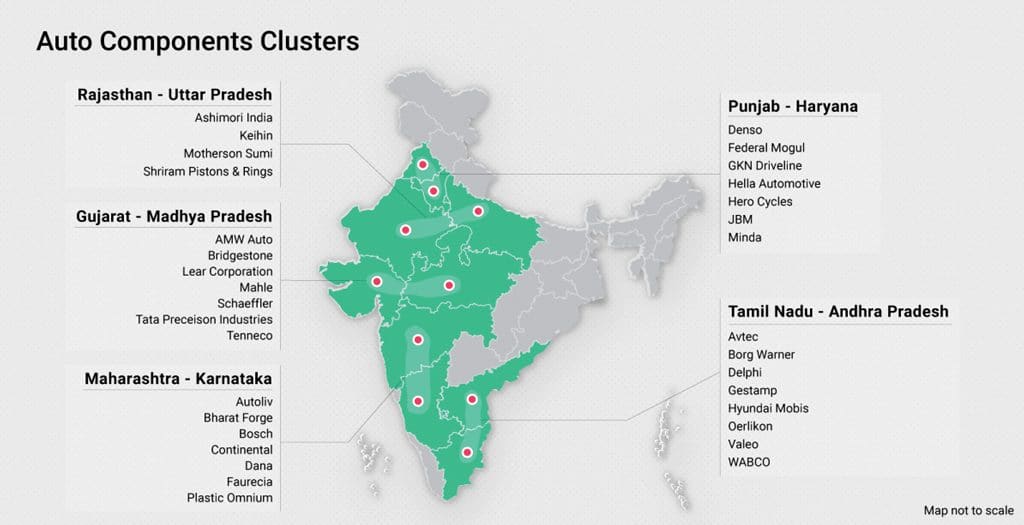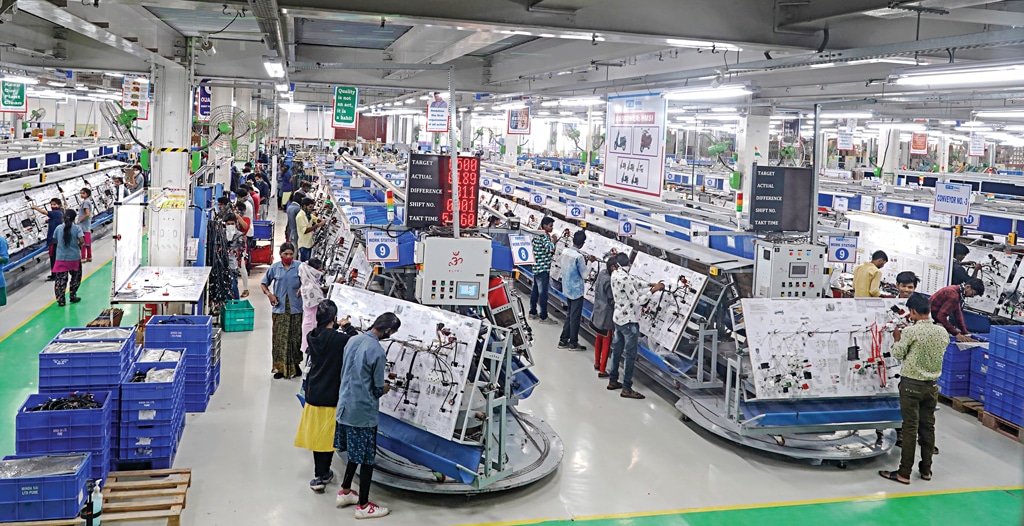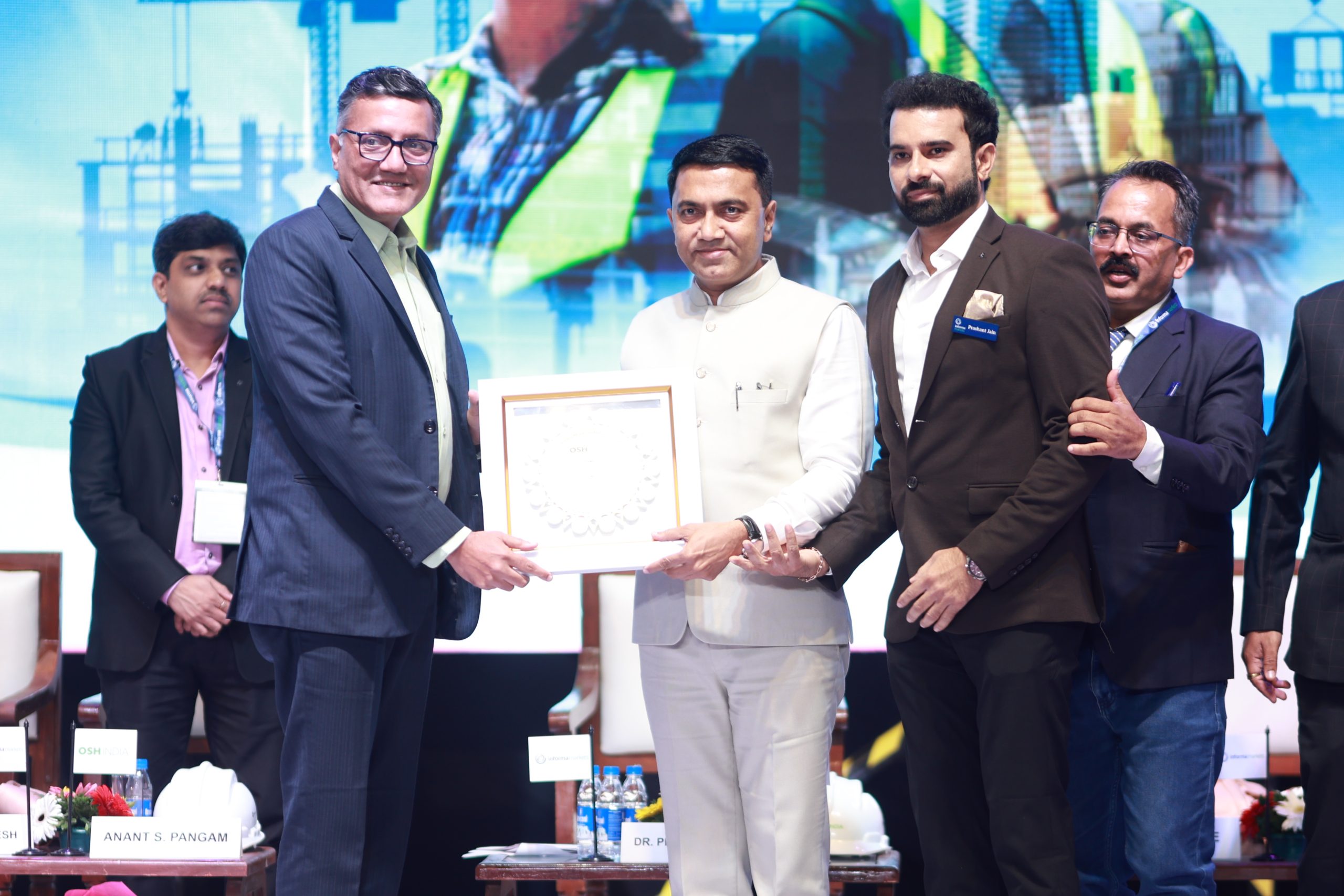
The emphasis on promoting local manufacture of automobile and automotive components has led to the stakeholders actively scout for opportunities. Ashish Bhatia revisits the interventions and cites the inherent potential.
The lion is on the prowl for some time now! Even as the pandemic continues to wreak havoc, the aspirations to align with the ‘Make in India’ vision plan for India and the rest of the globe have far from lost steam. If at all, they have only gathered a louder voice supporting this change in stance from an erstwhile convenient dependence on imports to assemble in India. The industry realizes that the faster it turns self-reliant, the quicker it can encash on the opportunities that present themselves. The Automotive Mission Plan (AMP) 2016-26 seeks to outline the trajectory of the advancement of the Automobile component industry ecosystem in India. To give a perspective, the automotive component industry in India foresees a growth potential of USD 260-300 billion by the end of FY2026. The country by then could count itself to be amongst the top three automotive industries in the world.
In India, the industry is projected to contribute to 12 per cent to the Gross Domestic Product (GDP). On ground, it will play a catalyst in generating 65 million direct and indirect jobs. Notably, the overall turnover of the Indian auto component industry stood at USD 50 billion with a Compounded Annual Growth Rate (CAGR) of eight per cent according to Deepak Jain, President, Automotive Component Manufacturers Association (ACMA). In FY2020, the aftermarket stood at USD 10 billion with a CAGR of 12 per cent. The change in supply chain dynamics is said to be among the key drivers of this change in external relationships had with Indian manufacturers. Opine experts, it has played a catalyst in the industry turning more ‘Vocal For Local’.
The purchase preference
As per the Public Procurement (Preference to Make in India) order 2017 revision with the subsequent amendments in May 28, 2018, May 29, 2019, June 04, 2020 and September 16, 2020, the promotion of manufacturing and promotion of goods and services in India is expected to help enhance income and generate employment. The Department of Heavy Industry (DHI) in this regard is known to have notified automobile and automotive components manufacturers seen to have sufficient local capacity and competition. For instance, as per the September 16, 2020, DPIIT PPP-MII order notification the minimum local content requirement for a class one supplier of internal combustion engines powered automobiles is pegged at 65 per cent. The components and spares required for the manufacture of and or maintenance of two and three-wheelers, passenger vehicles and commercial vehicles is pegged at 60 per cent. These include and are not limited to components like rubber parts, asbestos packing joints and gaskets, brake linings and pads (with and without asbestos), asbestos friction materials, automotive glass, leaf springs and the leaves for springs, helical springs, spring pins, automotive wheels, and locks. It also includes the types of diesel, petrol, hybrid engine and
engine parts.

Other considerations include gas compressors and turbo chargers, parts of air-conditioning, oil and petrol filters, intake air filters, air purifiers and cleaners, parts of machinery and apparatus for filtering, the different kinds of bearings, bearing housings, incorporating ball or roller bearings and bearing housings not incorporating ball or roller bearings, plain shaft bearings. Others on the list include gears and gearing with the exception of toothed wheels, chain sprockets and miscellaneous transmission elements. Clutches and shaft couplings including the universal joints, mechanical seals and spark plugs, head lamps, tail lamps, stop lamps, side lamps and blinkers besides other automotive lighting and lighting equipment also make the cut. It also extends to gearboxes and parts, suspension systems, braking, drive-axles with differentials, steering wheels and columns, tachometers, instrument panel clocks, interiors, body and chassis parts.
A push in the right direction
Among recent developments looked at as a push in the right direction is the government’s decision to set up a 22-member inter-ministerial committee to strengthen the Capital Goods (CG) sector through interventions. These interventions are expected to contribute to India realising its national goal of achieving a USD 5 trillion economy and a USD 1 trillion manufacturing sector, as per a tweet late last year from the Minister for Heavy Industries and Public Enterprises, Prakash Javadekar. He had expressed the intent to work out ways and means to make the capital goods sector globally competitive and to become the manufacturing hub for the world. The committee has been assigned the task of overlooking technology development, mother technology development, global value chains, testing, skill training, global standards, reciprocity issues beside custom duties among others deemed to fall within the committee’s purview. In another development, the Electrical Equipment (Quality Control) order announced on January 22, 2021 will certify and enforce the authority to work on the quality maintenance of electrical equipment in the public interest.
To drive the objective, for instance, the National Auto Policy formulated, and aimed at prescribing policy guidelines and enabling the framework to achieve the predicted growth objectives, the Department of Heavy Industries (DHI)will conduct an independent assessment and mid-term review of the Auto Policy in 2022. In addition, for the automotive components industry, manufacturing and imports are exempted from licensing and approvals. The DHI is also known to have invested a fund of USD 200 million in a bid to modernise the automobile component industry in India. It is doing so by providing an interest subsidy on loans and investment in new plants and equipment. In terms of export benefits, intermediate suppliers of auto components are eligible to avail these against the Duty-Free Replenishment Certificate (DFRC). The Faster Adoption and Manufacturing of Electric Hybrid Vehicles (FAME) Scheme proposed to be implemented from April 2019 to April 2022, is expected to lead to the development of a favourable manufacturing ecosystem.

In terms of financial support, the industry is eligible to avail R&D incentives for the industry and private sponsored research. It entails a weighted tax deduction given under section 35 (2AA) of the Income Tax Act. Under Section 35 (2AB) of the Income Tax Act, 1961, it can avail weighted tax deduction of the expenditure incurred by a specified company, on scientific research in the in-house R&D centres. These apart there are state incentives that the industry can avail. These include the respective state providing land at concessional rates, electricity duty exemption, capital subsidy, financial assistance including marketing incentives. In the case of exports, the industry can avail subsidy made available to exporters as a per centage of the duty credit scrip under Merchandise Exports from India Scheme (MEIS). In line with ACMA recommendations, the MEIS scheme is known to have been extended to additional tariff lines. It is expanded to 65 countries. Besides the state incentives, the industry also stands to benefit from incentives for units located in Special Economic
Zones (SEZs).
On the prowl
The industry is actively on the prowl in search of opportunities. Opportunities persist in engine and engine parts across new developments like turbochargers and common rail systems and outsourcing to gain traction. In case of transmission and steering parts, it is anticipated that the replacement market share in sub-segments like clutches will grow owing to traffic density. Gears and clutches are expected to witness intense competition here owing to entry of global players. The segment of suspension and braking parts is also expected to witness a high replacement demand with shock absorbers expected to witness a high intensity competition. Manufacturers are also focused on the growing demand for sheet metal parts, body and chassis, fan belts, pressure die castings, hydraulic pneumatic instruments, for instance, in the two-wheeler segment. The industry is also expected to leverage the rise in demand for low-cost hybrid and electric vehicles. The Union Cabinet approved Production-Linked Incentive (PLI) scheme in the automobile and auto components sectors is also expected to help the industry equate its search for opportunities to the Rs. 57,042 crore outlay. ACI










Leave a Reply